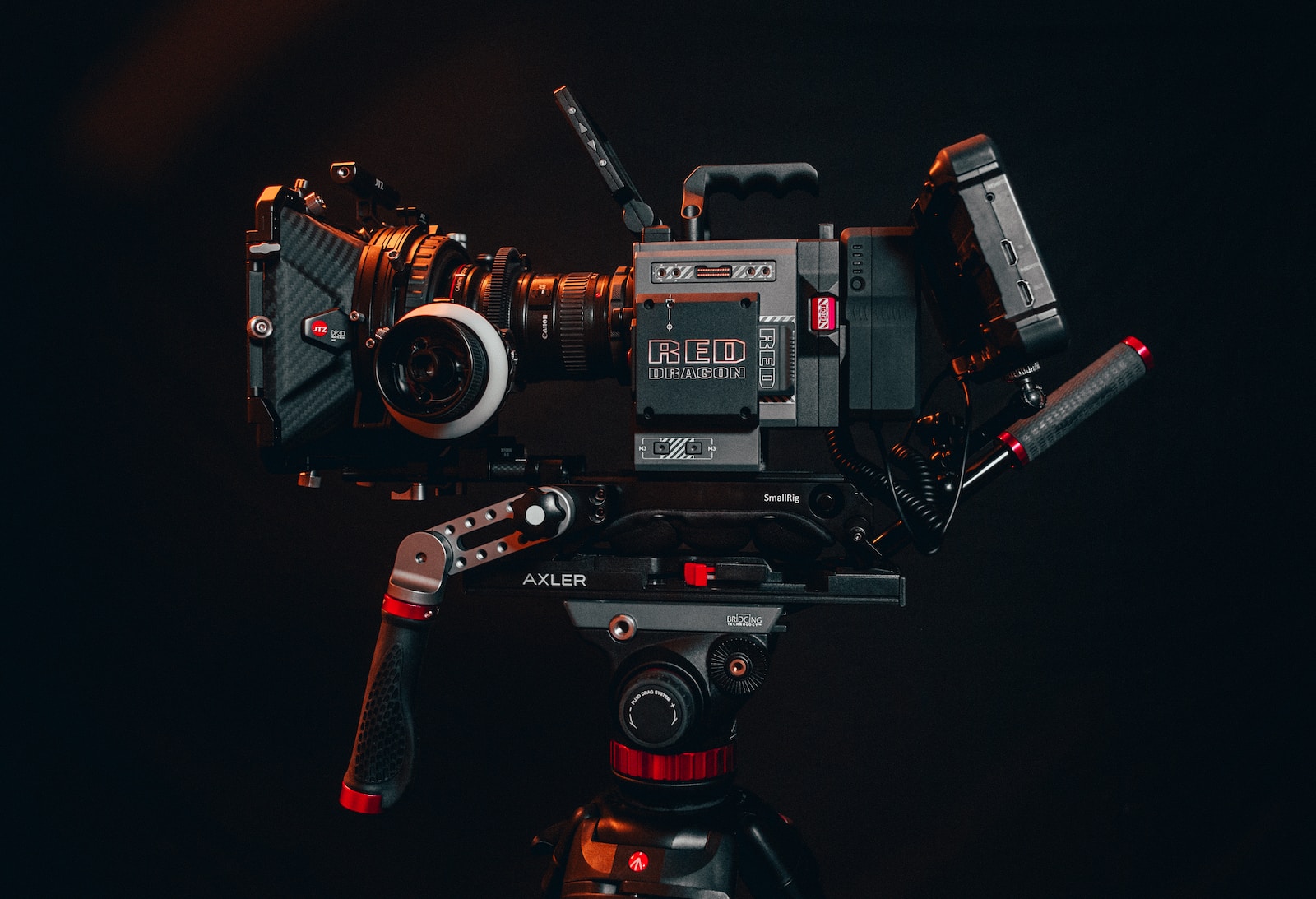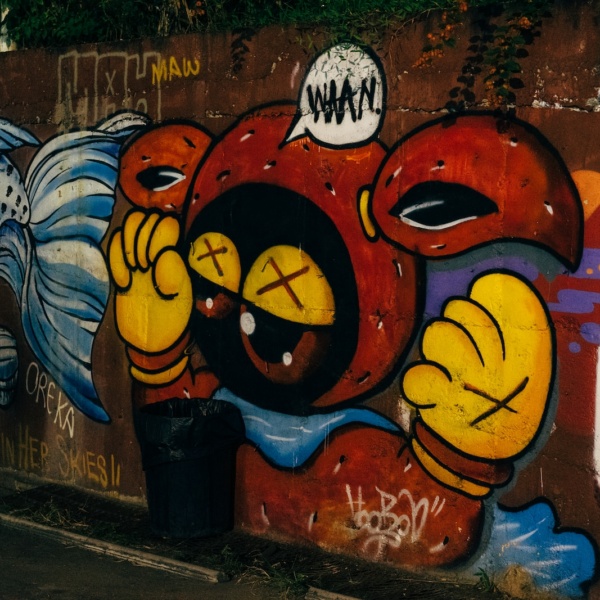
Hey there, fellow movie aficionados! Emma here, your cinematic sherpa, ready to take you on a thrilling journey into the captivating world of cinematography. You know, that magical art form that gives movies their distinctive look and feel. So, grab your popcorn and let’s dive deep into the techniques that shape our cinematic experiences.
Setting the Scene: The Basics of Cinematography
Cinematography is the art of capturing moving images on film or digital media. It’s about more than just pointing a camera at actors and pressing record; it’s the language of visual storytelling. Cinematographers, often referred to as DPs (Director of Photography), are the unsung heroes responsible for painting the canvas that directors and audiences alike will immerse themselves in.
Let’s start with some of the fundamental techniques that cinematographers use to create movie magic:
Framing and Composition
Think of the frame as the window through which you view the movie’s world. How a scene is framed and composed has a significant impact on how you perceive the characters, their emotions, and the overall story.
Consider the iconic opening shot of “The Shawshank Redemption” (1994). Cinematographer Roger Deakins captures the vastness of the prison yard with a sweeping aerial shot, setting the tone for the film’s themes of hope and freedom.
On the other hand, Wes Anderson’s unique and symmetrical compositions in films like “The Grand Budapest Hotel” (2014) create a distinct, quirky visual style that perfectly matches his offbeat storytelling.
Lighting
Lighting is the secret sauce of cinematography. It can make or break a scene, enhancing mood, revealing character, and adding depth to the narrative.
Take a look at “Blade Runner 2049″ (2017). Cinematographer Roger Deakins (again!) uses neon-soaked cityscapes and moody, atmospheric lighting to transport us to a dystopian future. The interplay of light and shadow creates an immersive and visually stunning experience.
Conversely, in “No Country for Old Men” (2007), also shot by Roger Deakins (the guy’s a legend), the sparse, natural lighting captures the desolation of the Texas desert, mirroring the bleakness of the story.
Camera Movement
The way the camera moves can evoke emotions, create tension, and guide our focus. Whether it’s a steady tracking shot, a thrilling handheld chase, or a slow, deliberate dolly, camera movement is a powerful tool in the cinematographer’s arsenal.
Think about the opening of “Birdman” (2014). Cinematographer Emmanuel Lubezki uses a single, continuous take to follow the protagonist through the labyrinthine backstage of a theater. The seamless movement immerses us in the character’s chaotic world, blurring the lines between reality and fiction.
In contrast, the deliberate, almost hypnotic camera movements in “There Will Be Blood” (2007) enhance the film’s slow-building tension and the character’s descent into madness.
Beyond the Basics: Advanced Techniques
Now that we’ve covered the fundamentals, let’s explore some advanced techniques that elevate cinematography to an art form:
Deep Focus
Deep focus is a technique that keeps everything in the frame, from the foreground to the background, sharply in focus. Orson Welles’ “Citizen Kane” (1941) is a prime example of this technique. Cinematographer Gregg Toland’s use of deep focus allows every detail of the frame to contribute to the story, making the film a visual masterpiece.
Slow Motion
Slow-motion shots can make ordinary moments extraordinary. Think about the iconic bullet-dodging scene in “The Matrix” (1999). Cinematographer Bill Pope used high-speed cameras to capture the bullets flying past Keanu Reeves’ Neo, creating a visually stunning and memorable sequence.
Steadicam and Handheld
The Steadicam, invented by Garrett Brown, revolutionized how filmmakers capture moving shots. It allows for smooth, fluid movement, as seen in Stanley Kubrick’s “The Shining” (1980). The eerie, gliding shots through the Overlook Hotel contribute to the film’s unsettling atmosphere.
On the other hand, handheld camera work can add a sense of immediacy and rawness to a scene. Paul Greengrass used this technique to great effect in “The Bourne Ultimatum” (2007), creating intense and kinetic action sequences.
Cinematic Lenses
Cinematographers often choose specific lenses to achieve desired visual effects. In “Children of Men” (2006), Emmanuel Lubezki used wide-angle lenses to create a sense of immersion and immediacy in the dystopian world of the film. The result is a visceral and intense viewing experience.
In contrast, Quentin Tarantino’s frequent collaborator, Robert Richardson, used anamorphic lenses to give “Once Upon a Time in Hollywood” (2019) its distinct ’60s cinematic look, capturing the essence of the era.
The Impact of Color
Color palettes play a crucial role in shaping the mood and tone of a film. Take “The Grand Budapest Hotel” (2014) as an example again. Wes Anderson and cinematographer Robert Yeoman used a vibrant, pastel color palette to infuse the film with whimsy and charm.
On the other end of the spectrum, “Schindler’s List” (1993) uses stark black and white, with strategically placed red accents, to emphasize the horror and humanity of the Holocaust.
Conclusion: The Cinematic Alchemists
Cinematographers are the true alchemists of cinema, transforming the ordinary into the extraordinary, shaping our emotions, and transporting us to new worlds. With a combination of framing, lighting, camera movement, and other techniques, they craft the visual language that makes movies memorable.
So, the next time you’re swept away by a breathtaking shot or emotionally moved by the play of light and shadow, take a moment to appreciate the masterful work of the cinematographer. They’re the wizards behind the camera, conjuring the magic that makes movies an art form like no other. Happy watching, my fellow cinephiles!


